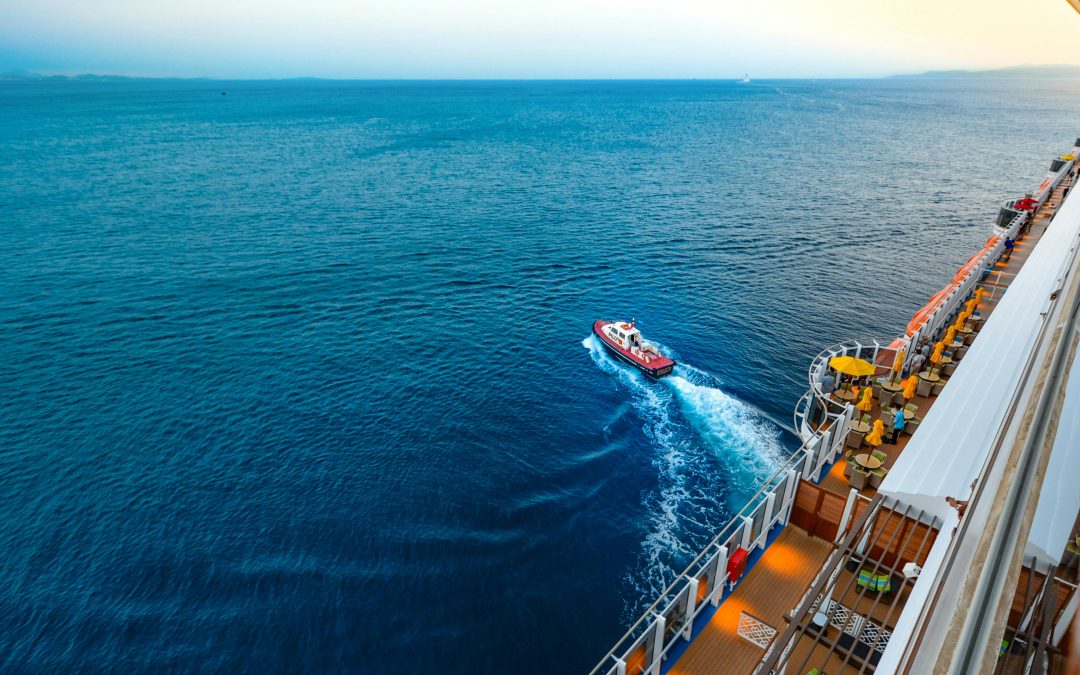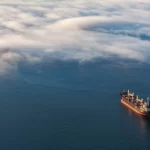According to industry data, the demand for Ultra Large Container Vessels (ULCVs) has decreased as shipping companies shift to smaller, more versatile vessels to accommodate changing trade patterns.
The data from Braemar1 shows that just six container vessels capable of holding over 17,000 TEUs are scheduled for 2025, while 83 mid-sized ships with capacities of 12,000 to 16,999 TEUs are slated.
The figures are the latest in a long line of indicators that trade routes are decentralising from China, with a growing emphasis on emerging hubs in Vietnam, India and Indonesia – all of which are generally better equipped to handle mid-sized vessels. To that end, we can expect to see an increase in activity at ports in South East Asia and South Asia, especially as supply chains move closer to emerging trade hubs and to end markets.
The increase in mid-sized vessels will also offer shippers greater flexibility. Smaller vessels are able to navigate more ports and routes, therefore reducing reliance on chokepoints (such as the Suez and Panama Canals), and reducing risk from geopolitical disruptions and congestion. In turn, there should be stronger regional connectivity, allowing intra-Asia and African trade routes to grow, and boosting efficiency and volume in those regions.
While more versatile ships are likely to bring notable changes to trade routes, the impact on rates isn’t entirely clear. We can expect them to stabilise or see a slight increase. Although smaller vessels typically offer more flexibility, their TEU per-unit cost is higher than those of ULCVs, meaning that overall rates tend to be higher – especially for niche routes which command a premium.
Equally, with diverse trade lanes and a mix of vessels sizes means we could experience slight volatility in the short-term as companies adjust to shift in demands. If, as expected, there’s a reduction on China-centric routes, rates will drop because of the decrease in demand and lower volumes.
Generally speaking, this evolution signals a step towards a more flexible, resilient and regionally interconnected global shipping network. Indeed, toward the latter stages of the year, we can expect to see broader trade coverage, with smaller ships accessing underutilised or emerging ports.
We will, therefore, likely see investment in ports in emerging economies as they look to improve facilities and hinterland connections for small to mid-sized vessels. On that front, there will be more focus on a broader network of mid-tier ports, and a decentralisation from mega ports, which in turn will foster regional economic development.
For shippers, this shift is a transition toward an adaptable and regionally diverse supply network. And while short-term sticking points – like rate volatility and adjusted trade patterns – will need to be worked through, the long-term outlook is positive.
Indeed, if the scenario plays out as expected, shippers can expect enhanced flexibility, reduced risks and expanded market opportunities, with a strong focus on new supply chain dynamics and diversification into new markets.
Source: Transport Intelligence





